
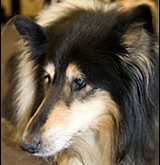
You may have heard the word ‘glaucoma’ and know that it is a disease of the eye. But if you’ve ever wondered what exactly it is and how it develops, this article might shed some light on the subject. Simply speaking, glaucoma means that there is increased pressure in the eyeball, along with a nerve problem that causes that eye to become blind. Glaucoma may be a primary problem, where an abnormality in the eye itself causes the problem. It can also be a secondary issue where an underlying disease or condition causes the pressure in the eye to increase, thus leading to glaucoma. The presentation of the disease can either be acute (sudden), chronic, or even congenital (the animal is born with it). A few breeds that often get glaucoma are Bassett Hounds, American and English Cocker Spaniels, Siberian Huskies, Toy and Miniature Poodles, and many more.
Acute glaucoma is a medical emergency. The pet will show a red eye, with visible eye vessels and a blue tinge to the eye. The pupils may either be dilated (wide) or normal. They will also show signs of pain, such as whining, pawing at the eye(s), excessive blinking and tearing as well. If you see this in your pet, bring him or her to a vet immediately!
In chronic glaucoma, the condition has been going on for weeks to months. Now the eyeball is larger than normal due to the chronic increased pressure, and the animal’s affected eye(s) will look like they are slightly popping out of their orbits. Unlike our eyes, dogs and cats have incomplete orbits; which means that the bones around the eye don’t encase it completely. Thus, in general, animal eyes are much more susceptible to injury than ours are.
There are several tests that will help diagnose glaucoma. For example, the amount of tears produced can be measured by putting a special strip of paper against your pet’s eye for a minute. This is called the Schirmer Tear Test (STT) and if your pet is beyond the normal limit of tear production, excess tearing can be confirmed. The pressure inside the eye (intraocular pressure) must also be measured. To do this, there are a few instruments that must be used. One of them looks like a thick pen; it is placed against the eye and it has a tiny probe that bounces painlessly against the eye and gives a digital readout of the pressure. A neurological exam is also done to make sure that the optic nerve, which is the nerve that allows us to see, is actually working or not.
Treatment depends on several factors, including how high the pressure is inside the eye. If it is only increased up to 1.5x normal, medical management may be started. That is, topical ointments and drugs can be used to reduce the pressure. If the pressure is more than 1.5x normal, more aggressive therapy needs to be added, such as a diuretic. You may have heard of these drugs; they basically increase urine outflow. What does this have to do with eyes, you might ask? Well, the more fluids leave the body, the less pressure there is inside the vessels and organs of the body. In a glaucoma case, vets basically try to make a prune out of the animal, because eventually the pressure inside the eyeball will go back to normal! Of course a lot of monitoring is necessary in this option, since a state of dehydration is hard on the body, especially affecting the kidneys.
There are also surgical options available. Complex eye surgery is best left to veterinary ophthalmologists, so your vet will probably recommend a referral to give your pet the best chances of saving vision in the affected eye. Prognosis if fairly good for glaucoma provided you brought your pet in as soon as you notice signs. However, once the pressure in the eye reaches a certain level, your pet will permanently lose vision in that eye. It is therefore vital that you book an appointment with your vet as soon as you notice eye problems; a few days of waiting may make the difference between full vision and blindness. It should be noted that most pets are good at adapting to being blind or partially blind in cases of severe acute glaucoma or other eye diseases.
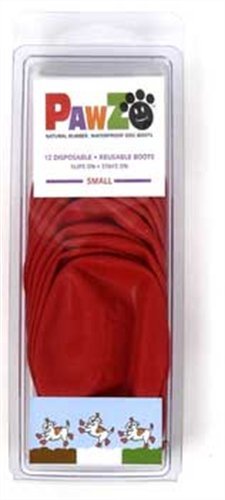 How to Winter Proof Your Dogs Paws
Two Products That Will Do Wonders For Mans Bes
How to Winter Proof Your Dogs Paws
Two Products That Will Do Wonders For Mans Bes
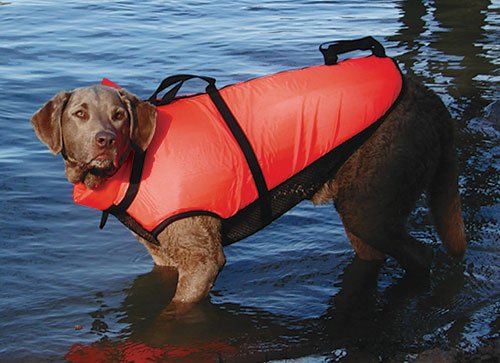 Fido Float Dog Life Jacket Size Medium
As family members, our dogs
Fido Float Dog Life Jacket Size Medium
As family members, our dogs
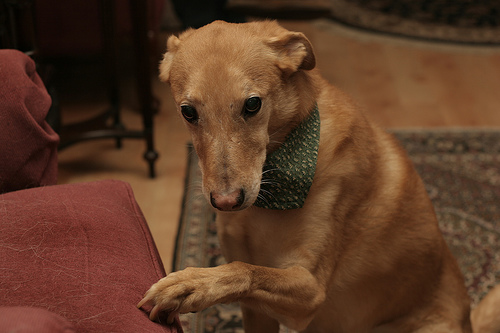 Redecorating For Your Dog- How To Make Your Home More Dog Friendly
How To Make Your Home More Dog Friendly
I know that I would
Redecorating For Your Dog- How To Make Your Home More Dog Friendly
How To Make Your Home More Dog Friendly
I know that I would
 Top 10 Most Intelligent Dog Breeds
IntroductionFollowing on fro
Top 10 Most Intelligent Dog Breeds
IntroductionFollowing on fro
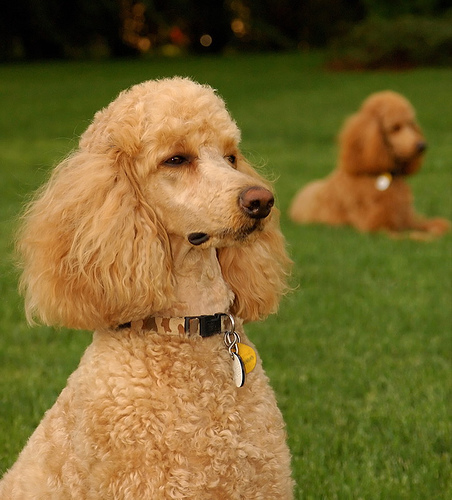 Hypoallergenic Dogs List - The Best Dog Breeds For People With Allergies Or Asthma
Dogs For People With Allergies Or Asthma
Whenever I
Hypoallergenic Dogs List - The Best Dog Breeds For People With Allergies Or Asthma
Dogs For People With Allergies Or Asthma
Whenever I
Copyright © 2005-2016 Pet Information All Rights Reserved
Contact us: www162date@outlook.com